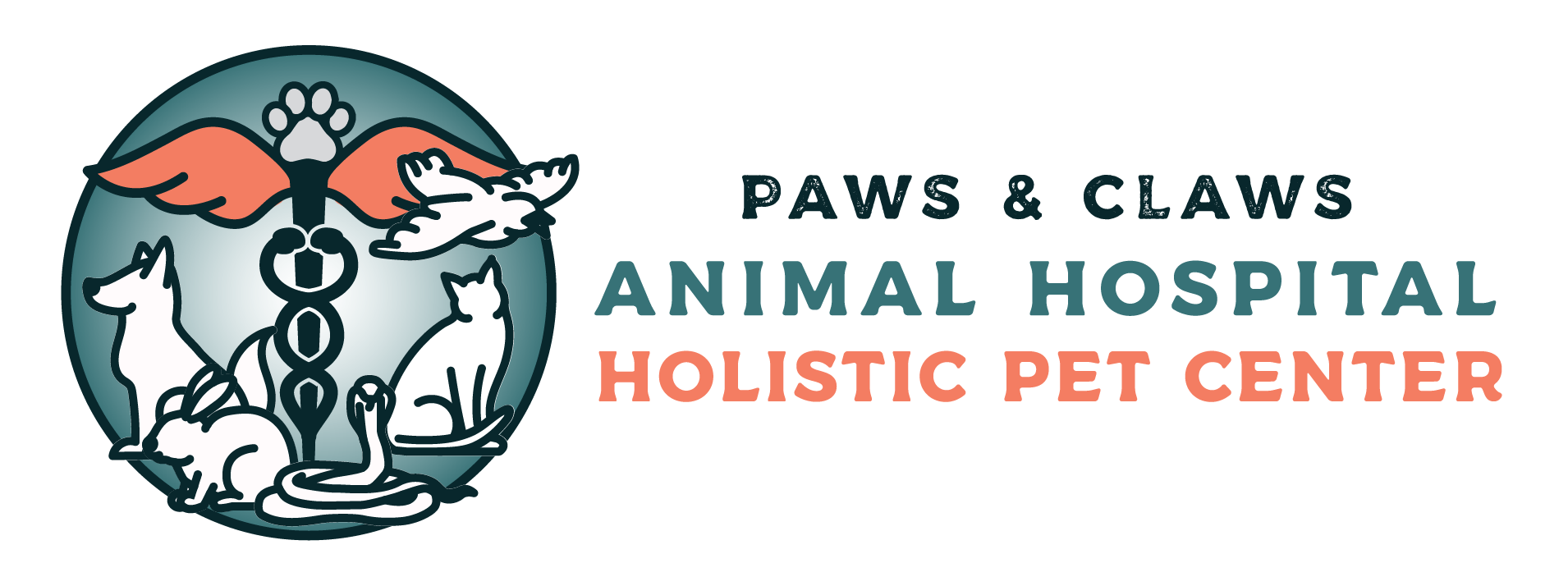A common problem in older dogs and sometimes cats is a condition called urinary incontinence, in which the animal cannot totally control his ability to urinate. Typically, urinary incontinence causes a “leaky bladder.” Frequent clinical signs include dribbling urine and finding wet spots under the animal where he sleeps.
Urinary incontinence can be seen in young animals, even puppies, and kittens, but is usually seen in middle-aged to older ones. The exact cause is unknown, although since incontinence often responds to estrogen or testosterone supplementation following spaying and neutering, hormonal factors obviously play a factor in maintaining the tone of the urethra and preventing leakage of urine. Other hormonal imbalances such as hypothyroidism, and rarely bladder tumors, can also lead to incontinence. Bladder tumors usually also cause increased frequency of urination, painful urination, or a burning sensation during urination, excess licking at the genitals, and occasionally blood in the urine. Once the primary disease is controlled, the incontinence resolves. For example, dogs with hypothyroidism can improve with thyroid supplementation.
Animals that urinate frequently, pass large amounts of urine, strain to urinate, or have bloody urine are usually not incontinent but may have bladder infections or tumors or, in the case of cats, lower urinary tract disease. In general, most animals with incontinence have idiopathic disease, meaning we don’t know or can’t identify the cause. They respond well to treatment with either conventional or complementary therapies.
Conventional Treatments
Conventional therapies work well for animals with urinary incontinence. Two types of therapy may be used: hormones or phenylpropanolamine (PPA). Hormones such as estrogen or testosterone can be used effectively to treat idiopathic incontinence. However, due to the chance of severe side effects including genital cancers and bone marrow suppression, treatment with these hormones is not usually the first choice. However, natural hormones given at low doses can be tried and may be associated with a decreased chance of side effects.
Phenylpropanolamine (PPA) strengthens and tonifies the bladder sphincter; a leaky sphincter causes incontinence. Side effects in animals are rare with PPA but can include hyperexcitability or worsening of glaucoma or heart disease or hypertension. To minimize the chances of side effects, the lowest effective dose is used and animals with certain preexisting conditions (glaucoma, prostate disease, uncontrolled hypertension) are not treated with this drug. In my practice, I usually combine PPA with complementary therapies. Doing so allows me to use very small doses of PPA, and so far I’ve never seen any side effects when using this medication. If your animal is already taking PPA for incontinence you may want to work with your veterinarian to slowly lower the dose. Most animals can have their dosages cut by up to 75% and still remain continent (no longer leaky.)
Complementary Therapies
There are several complementary therapies that may help reduce incontinence. Each doctor has his own favorite supplements, but here are some that have worked well for me.
Choline supplementation (often combined with formulas containing natural hormones and herbs) is the main therapy for urinary incontinence. Choline is a precursor to the nerve transmitter acetylcholine. As animals age, they may experience reduced levels of nerve transmitters or reduced sensitivity to them at nerve terminals. Providing extra nerve transmitters can help with several conditions, including incontinence and cognitive disorder (and in fact, incontinence may be seen in some animals with cognitive disorder). Choline supplementation appears to be most effective when started early in the course of incontinence. If your animal experiences hyperactivity, reduce the dose of choline.
Additionally, effectiveness has been reported with other therapies such as various herbal formulas including Rehmannia 6 or 8 (ingredients include Rehmannia, Cornus, Dioscorea, moutan, Hoelen, Alisma (Rehmannia 6 and Rehmannia 8) and cinnamon bark and aconite (Rehmannia 8). These herbs regulate water balance in the body.
Other herbs such as Ginkgo Biloba, mullein, and shiitake mushrooms may be helpful. Various homeopathics can also be tried.
If your animal becomes incontinent, a thorough physical examination plus urine and blood testing are needed. Other causes of urinary problems, such as bladder infections and diabetes, must be ruled out. If all testing is normal, it is most likely that idiopathic incontinence is the culprit of your animal’s leaky bladder. A trial dose with a complementary therapy such as choline, herbs, natural hormonal formulas, or homeopathics can be tried for two to four weeks. If this is ineffective, low doses of PPA plus the complementary therapies will usually solve the incontinence.
Controlling Those Dribbles
Incontinence can be a headache for guardians as well as for animals. Happily, you can buy products that make cleanup a breeze. Animal diapers can be a godsend and are available in washable and disposable forms. Disposable animal diapers cost between $10 and $20 for a pack of 10 or 12. Check out www.animaldiapers.com. You can also get special beds for incontinent animals. The SleePee-Time Bed, for example (www.sleepeetime.com), features a special sturdy mesh with a protective pan underneath.
The urine flows through the mesh into the pan, keeping the dog and his bedding dry and making it easy and convenient for you to clean up any accidents.
